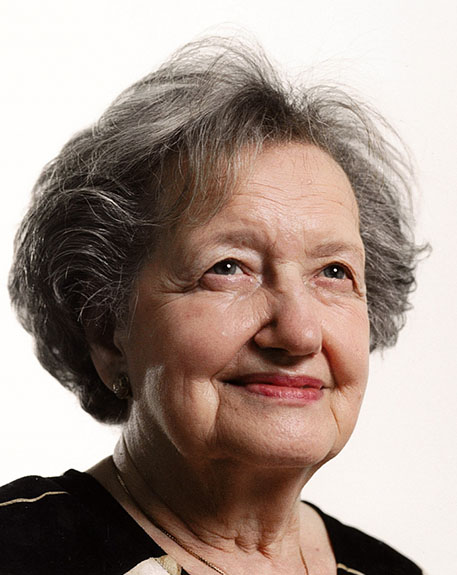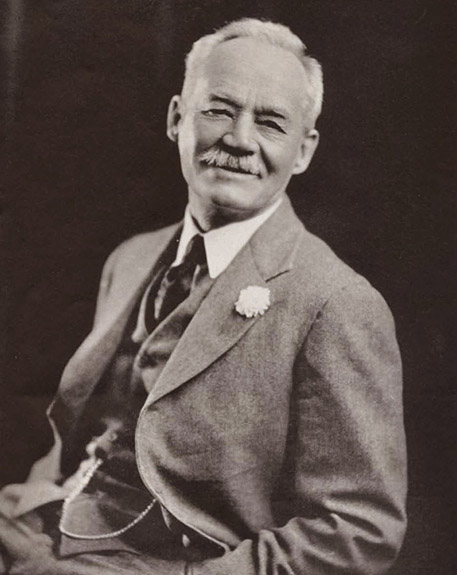2010 INDUCTEE M. Vera Peters, MD Cancer, The Early Days - Health Care Pioneers, Women in Medicine
April 28, 1911
(Rexdale, Ontario)
October 1, 1993
MD, University of Toronto (1934)
1988: Woman of Distinction by the Canadian Breast Cancer Foundation
1983: Honorary LLD, Queen’s University
See All AwardsAwards & Honours:
1988: Woman of Distinction by the Canadian Breast Cancer Foundation
1983: Honorary LLD, Queen’s University
1979: Gold Medal, American Society for Therapeutic Radiology and Oncology
1977: Member of the Officer Order of Canada
1977: Antoine Béclère Award from the Radiological Society of France
1975: Member of the Order of Canada
1975: Honorary DSc, York University
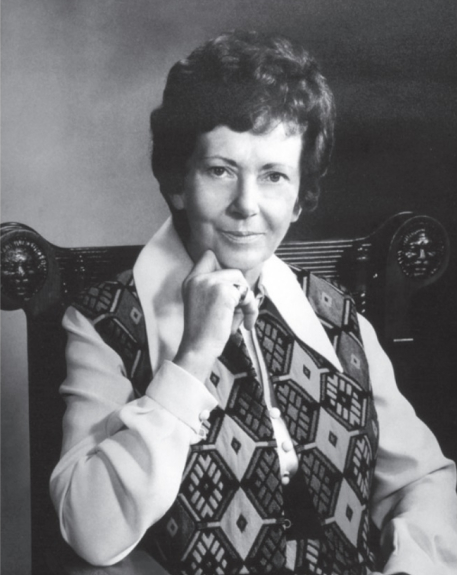
Revolutionized the treatment of breast cancer and Hodgkin’s lymphoma
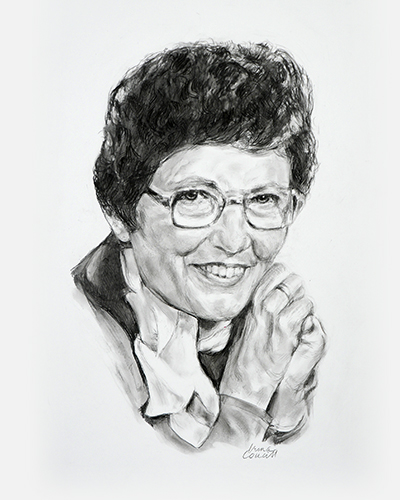
An innovative researcher and compassionate physician
One cannot fully appreciate the impact of Dr. Peters’ work without taking into account the challenges she faced as a female in an era when women were not universally accepted as scientists. To graduate in the 1930’s from medical school and emerge out of the 1960’s as a world-class figure in oncology is a testament to her dogged determination and ingenuity. Claiming that research isn’t a question of time but a matter of curiosity, Dr. Peters was a great observer who was driven by the need to explain all that she observed. This curiosity led her to profoundly change the management of Hodgkin’s disease and breast cancer.
Key Facts
Graduated from University of Toronto Medical School as one of only ten women in a class of 115
Became the first female physician in the Faculty of Medicine at University of Toronto to achieve worldwide scientific recognition
Championed patient-centred care
Painstakingly assessed 8,000 patient files by hand for her research on the impact of radiation on breast cancer
Professional timeline
Impact on lives today
When Dr. Peters began her career, Hodgkin’s disease, known more commonly now as Hodgkin’s lymphoma, was thought to be incurable. There was little that physicians could do except provide a terminal prognosis. On the other hand, the treatment of breast care involved substantial intervention. Before Dr. Peters, 98% of women with breast cancer were treated with radical mastectomy, a physically and emotionally difficult procedure. Today the impact of Dr. Vera’s legacy is clear. Hodgkin’s is thought to be one of the curable adult cancers and conservative treatment for breast cancer is the status quo. Thousands of lives have been forever changed by Dr. Peters and will continue to be in the future.
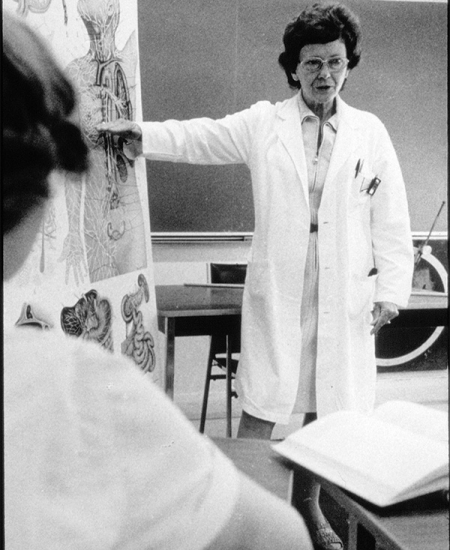
2020
-
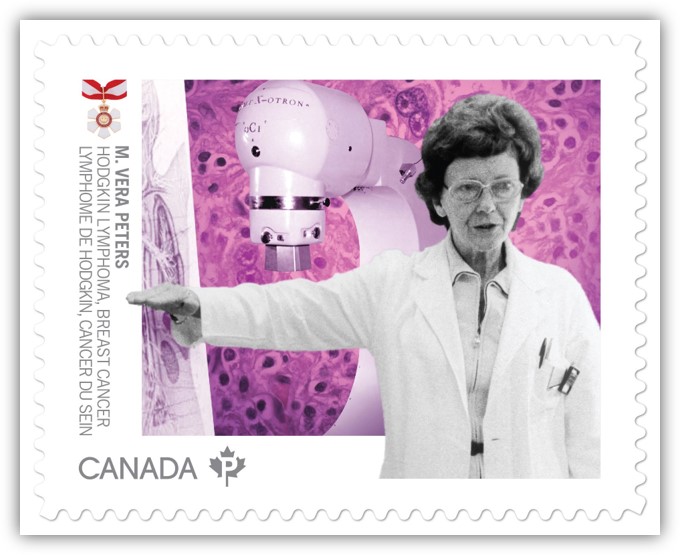
Canada Post issued five stamps honouring six Canadian physicians and researchers whose discoveries have saved lives and revolutionized patient care around the world
CMHF Laureates, Drs. Bruce Chown, Julio Montaner, Balfour Mount, Vera Peters and James Till and Ernest McCulloch were honoured in this stamp series
-
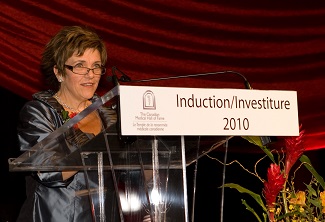
M. Vera Peters posthumously inducted into the Canadian Medical Hall of Fame
Represented by her daughter, Dr. Jennifer Ingram. Calgary, Alberta.
-
Dr. Peters’ observations continued to be met with skepticism
CancerIt was not until 2002 that a conservative approach to early-stage present cancer was officially endorsed.
-
Dr. Peters published the first controlled study to demonstrate that lumpectomy followed by radiation therapy had success outcomes equal to or better than more radical procedures
Cancer, Women in MedicineThese findings, she argued, demonstrate that “radical methods are not in the best interests of the patients.” At a meeting of 400 doctors that same year, her presentation was heckled by the audience.
-
Dr. Peters continued to conduct research on Hodgkin’s disease but also expanded her scope to breast cancer research
CancerShe was strongly against the use of radical mastectomy as the main form of treatment as it was a physically and emotionally distressing procedure.
-

The Ontario Cancer Institute was established at the Princess Margaret Hospital
CancerDr. Peters worked at the Princess Margaret from this time until her retirement in 1976.
-
Dr. M. Vera Peters published her landmark study that suggested early-stage Hodgkin’s was potentially curable with radiation therapy
Cancer, Women in MedicineDr. Peters had presented her radiology research findings to staff of the Toronto General Hospital the year previous to this.
-
Dr. Gordon Richards installed a 400-kiloelectronvolts (keV) radiation machine at the Ontario Cancer Institute
Patient Care, CancerAt the Institute, Dr. Peters began to treat cancer patients and to investigate the influence of radiation on patients undergoing treatment for Hodgkin’s disease.
-
Dr. Peters joined the full-time staff of the Toronto General Hospital’s radiotherapy service
Women in Medicine, Health and Medical Education & TrainingAs a result, she became one of the first women to hold a clinical appointment in a teaching hospital.
-

Peters received her medical degree from the University of Toronto
1934
She left footprints for people to stand in and move forward.

